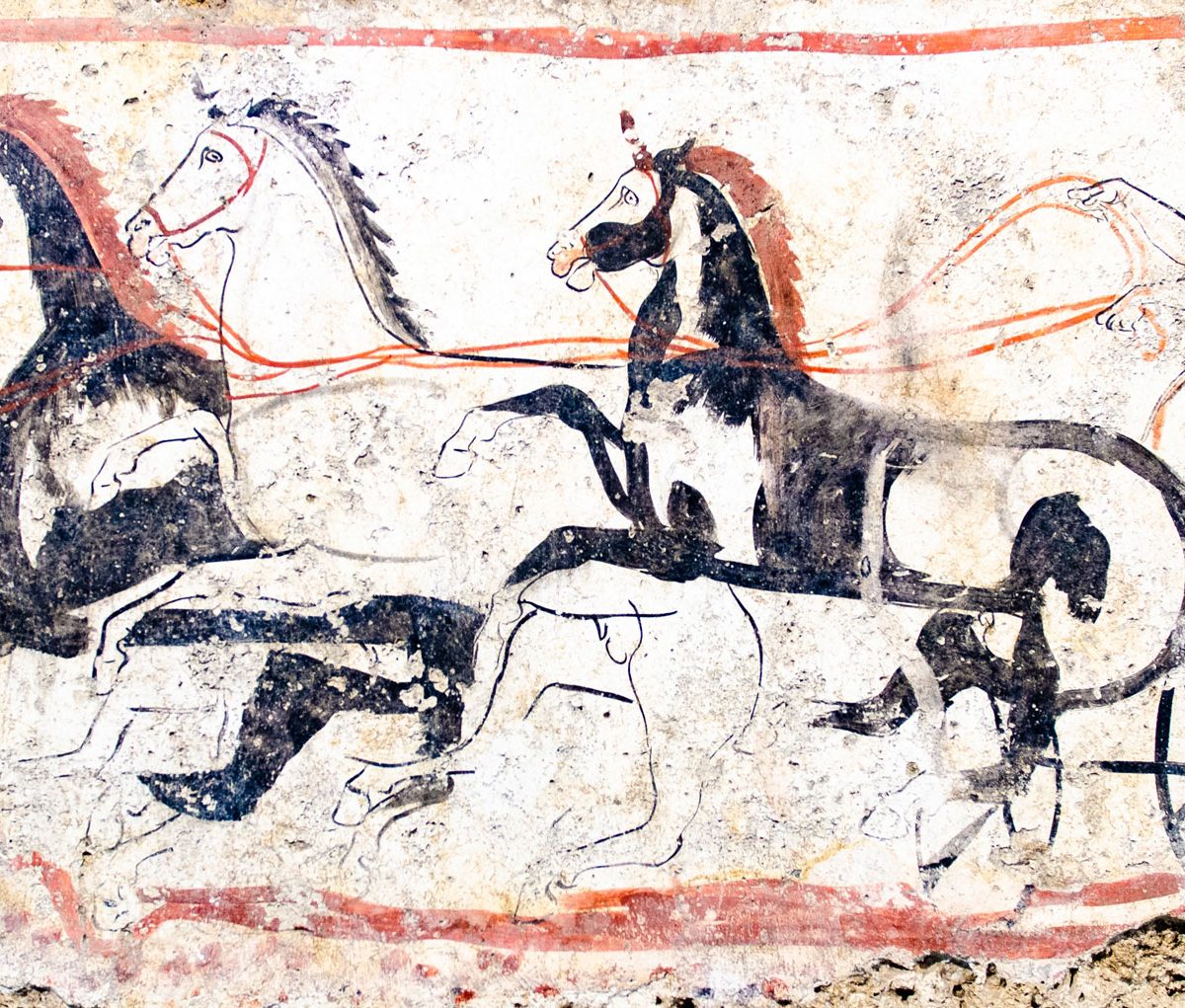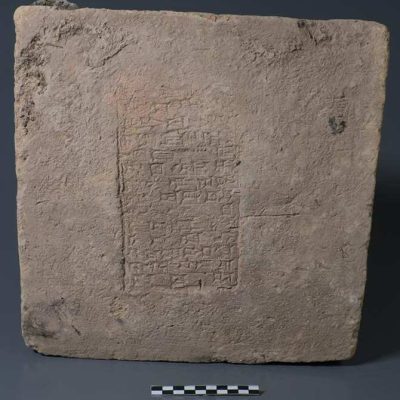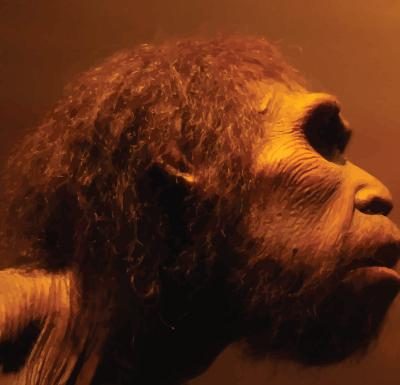The discovery of human bones from the graves of steppe nomads has revealed that the Yamnaya culture, which existed around 4,500 to 5,000 years ago, regularly rode horses. This is the oldest evidence of humans riding horses. The domestication of horses was a significant milestone in human history, allowing early humans to travel longer distances, use new methods in agriculture, and transport heavy loads. While archaeological and genetic evidence suggests that the inhabitants of the Eurasian steppe tamed the first horses around 5,500 years ago, it was unclear when horses were first used as riding animals.
The Jamnaja culture, which inhabited a large part of the Eurasian steppe during the Bronze Age, is believed to be the first culture to use horses for riding. However, until now, there was no concrete evidence to support this theory. Researchers from the University of Helsinki have now used a new method to investigate whether the people of the Jamnaja culture were riders. They examined the skeletons of 156 people from the Jamnaja culture and other steppe inhabitants from 4,500 to 5,000 years ago for characteristic changes that occur in the bones and muscle attachment sites of the thigh bones and hips of riders.
If a skeleton met three of the six defined criteria, the person was considered a potential rider. Of the 156 skeletons, 24 (15.4%) met at least three criteria, indicating that they were likely to have ridden horses frequently. Nine of the 24 skeletons (37.5%) had four indicators, and five of the 24 skeletons (20.8%) had five or six indicators, indicating that they were regular riders. The skeletons were discovered in burial mounds of the Jamnaja culture in Hungary, Bulgaria, and Romania.
According to the researchers, these are the oldest humans to be clearly identified as riders. The discovery suggests that riding developed shortly after the domestication of horses in the western steppes of Eurasia. While the first riding horses were likely not as tame as modern horses and were not suitable for combat, riding was useful for patrolling vast areas and monitoring large herds of livestock.










